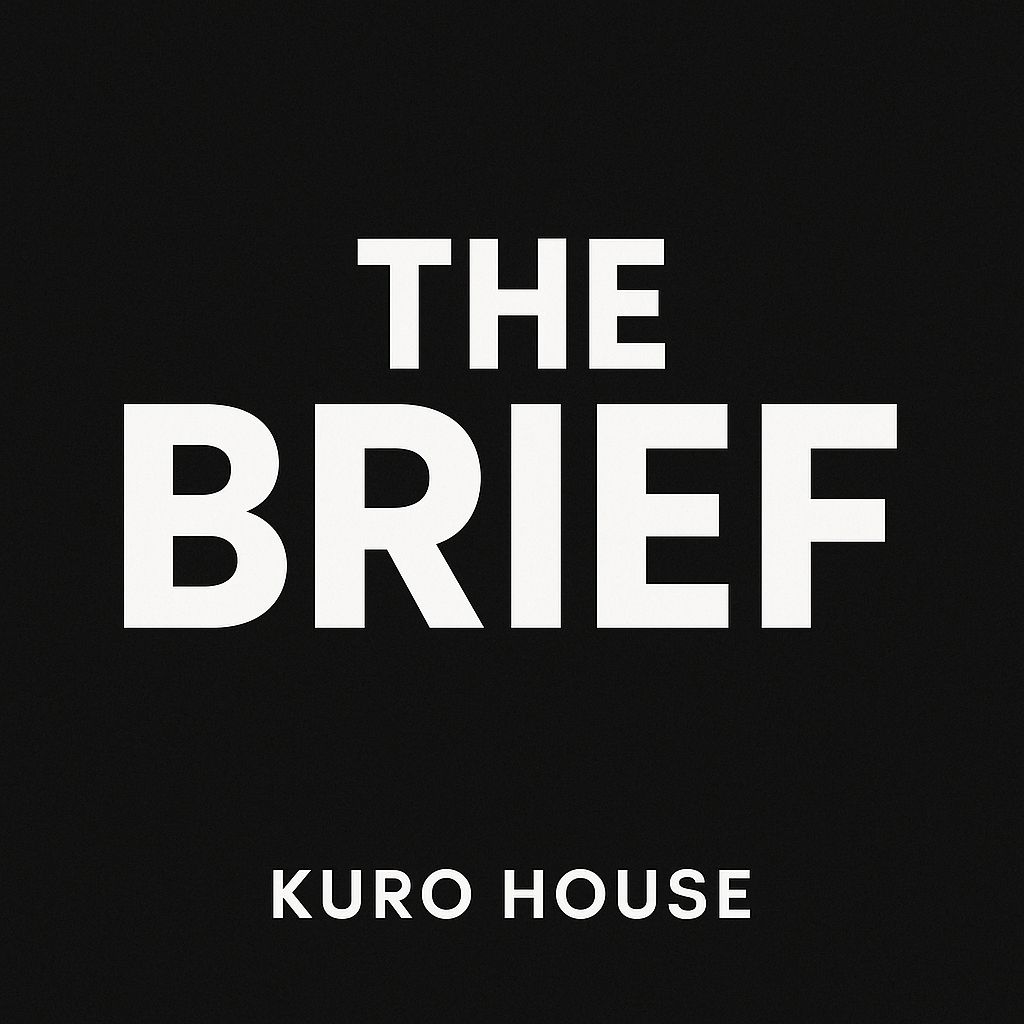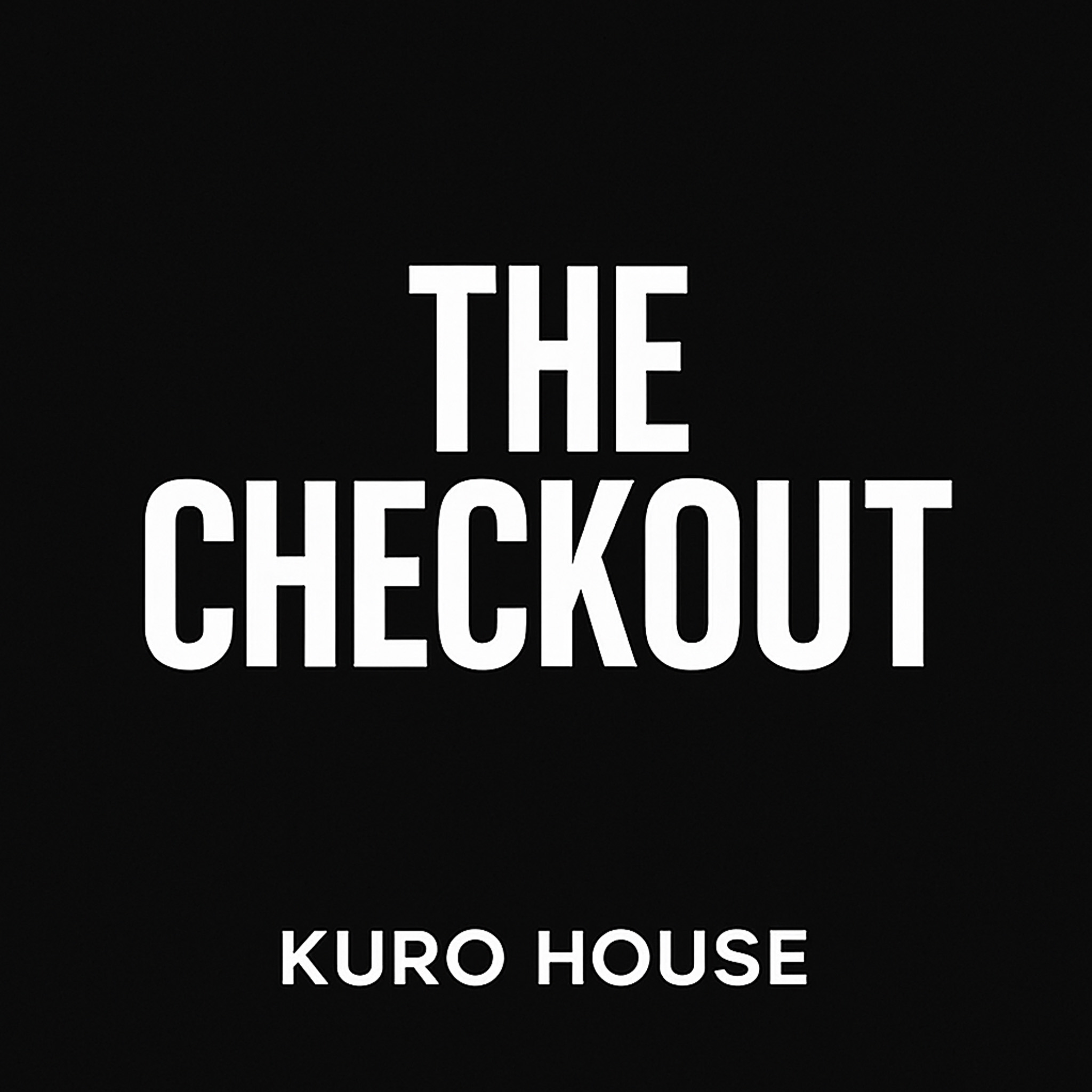Listen To The Show
Transcript
Welcome to The Brief by Kuro House, your daily dose of the most compelling stories shaping the marketing world. Today, we’re diving deep into some major headlines—think billion-dollar fines, high-stakes lawsuits, bold creator strategies, and the evolving playbook of America’s hottest youth brands. Whether you’re tuning in from your morning commute or your office, we’ve got the insights you need to stay ahead.
Let’s start with a story that’s shaking the global adtech landscape. According to Adweek, Google has been hit with a staggering €2.95 billion—about $3.5 billion—fine by the European Commission for antitrust violations in the display advertising market. The EU found that Google abused its dominance, favoring its own ad exchange and effectively locking out competitors, which hurt advertisers, publishers, and rival adtech companies. Google now has 60 days to end these “self-preferential practices” and resolve conflicts of interest in its adtech supply chain. Teresa Ribera, the EU’s top antitrust enforcer, emphasized that digital markets must be grounded in trust and fairness, warning Google that stronger remedies could follow if they don’t comply. Activists like Timothy Cowen from Movement for an Open Web are already celebrating, calling it a victory for consumers and competition. Google, however, plans to appeal, with their VP of regulatory affairs arguing the decision is “wrong” and will harm European businesses. This isn’t an isolated battle—Google faces similar antitrust scrutiny in the US, where a federal judge recently ruled its adtech stack operates as an illegal monopoly. The remedies phase for that case is coming up soon, and just this week, another US judge ordered Google to share search data with rivals and limit exclusive deals with device makers. The message is clear: regulators on both sides of the Atlantic are turning up the heat on Big Tech’s grip over advertising.
Switching gears to the agency world, Adweek also reports on a high-profile lawsuit filed against Horizon Media, the world’s largest privately owned media agency. Two Black female executives—Charisma Deberry, VP of strategic communications, and Latraviette Smith-Wilson, former chief marketing and equity officer—have accused Horizon’s top brass, including CEO Bill Koenigsberg, of racial and gender discrimination, retaliation, and fostering a hostile work environment. The lawsuit, filed in federal court, details allegations ranging from being excluded from meetings to being denied resources and subjected to demeaning comments. For instance, Deberry claims she was told to “seduce” reporters, a directive she found sexualized and demeaning, while Smith-Wilson was told her role was to “serve” other leaders, even though she was on the executive board herself. The suit also alleges that leadership tried to undermine internal diversity surveys and that Smith-Wilson’s April termination was a pretext for discrimination, not a genuine restructuring. Horizon, which touts a motto of “DEI is our DNA,” categorically denies the allegations and says it will vigorously defend itself. The case is a stark reminder that, in 2024, even agencies with the most progressive branding must reckon with the lived experiences of their teams—and that “business is personal” cuts both ways.
Next up, from Digiday, let’s look at how creators are rewriting the rules of sponsorships by leveraging their presence on connected TV, or CTV, channels. As platforms like Samsung TV Plus and Tubi ramp up their creator offerings, influencers are using their CTV reach as a bargaining chip to command higher sponsorship rates. Courtney Hirsch, CEO of Jomboy Media, highlights how their Tubi deal has helped them land premium, long-term sponsorships with brands like T-Mobile and Corona. The standard model? Creators license their back-catalog content to CTV channels while keeping new releases for their own social platforms. The result is not just new revenue streams, but expanded brand awareness—Mirage Digital’s recent Team Liquid series on Roku, for example, hit 1.3 million minutes watched and 480,000 unique viewers in just 12 days. For creators, CTV is a marketing play as much as a monetization strategy, helping them reach new audiences and drive fans back to their social channels. However, some advertisers are still waiting for CTV performance to match the engagement of direct social campaigns, though the economics currently work due to lower inventory costs. As Ted Raad from Trend puts it, CTV is blurring the line between social and TV, letting brands run unified campaigns across living rooms and feeds. For marketers, this hybrid approach could be the next big thing in brand partnerships.
Now, let’s talk about a major shakeup in the streaming ad world. Adweek reports that Krishan Bhatia, Amazon’s VP of global video advertising, is leaving the company just months after joining in April 2024. Bhatia, a veteran from NBCUniversal, was brought in to oversee Prime Video’s ad strategy, go-to-market, and sales. Under his brief tenure, Amazon expanded video ad formats—including shoppable ads and the Shop the Show feature—and grew its live sports advertising, with NBA content driving incremental volume. In his farewell note, Bhatia reflected on helping Amazon scale Prime Video Ads into 15 countries, relaunching the Local Advertising business, and building a global team. He thanked Amazon leadership and expressed pride in the team’s achievements, wishing them continued success. Amazon hasn’t commented on his replacement or the reasons for his departure, but the timing is notable as competition in streaming video ads heats up and Amazon’s ad ambitions continue to grow.
Finally, let’s turn to the retail sector, where Digiday takes us inside American Eagle’s high-stakes bet on cultural buzz. The brand’s splashy campaigns with Sydney Sweeney and Travis Kelce have generated 40 billion impressions and brought in nearly 800,000 new customers since late July. That’s impressive, but as tariffs and supply chain costs mount, investors are questioning whether this focus on “heat” is sustainable. In Q2, American Eagle was the top brand for 15–25-year-olds and No. 2 for jeans among 15–29-year-olds, but not all product categories are thriving—shorts, sweaters, and basics lagged, prompting a new merchandising hire. Financially, net revenue dipped 1% to $1.28 billion, with comparable sales and average unit retail also down, though earnings per share rose thanks to share buybacks. Tariffs are a looming challenge, with $20 million in extra costs expected in Q3 and up to $50 million in Q4, despite shifting production out of China. Meanwhile, competitors like Abercrombie & Fitch and Gap are posting growth without big marketing spend increases, focusing instead on operational discipline and creative efficiency. For American Eagle, the question is whether attention and cultural relevance can be converted into long-term profits as economic headwinds gather.
That’s it for today’s Brief. From billion-dollar fines and workplace reckonings to creator innovation and the ever-evolving retail playbook, these stories remind us that the marketing landscape is as dynamic—and challenging—as ever. Stay curious, keep questioning, and remember: in this business, the only constant is change. Thanks for listening, and we’ll see you tomorrow.


